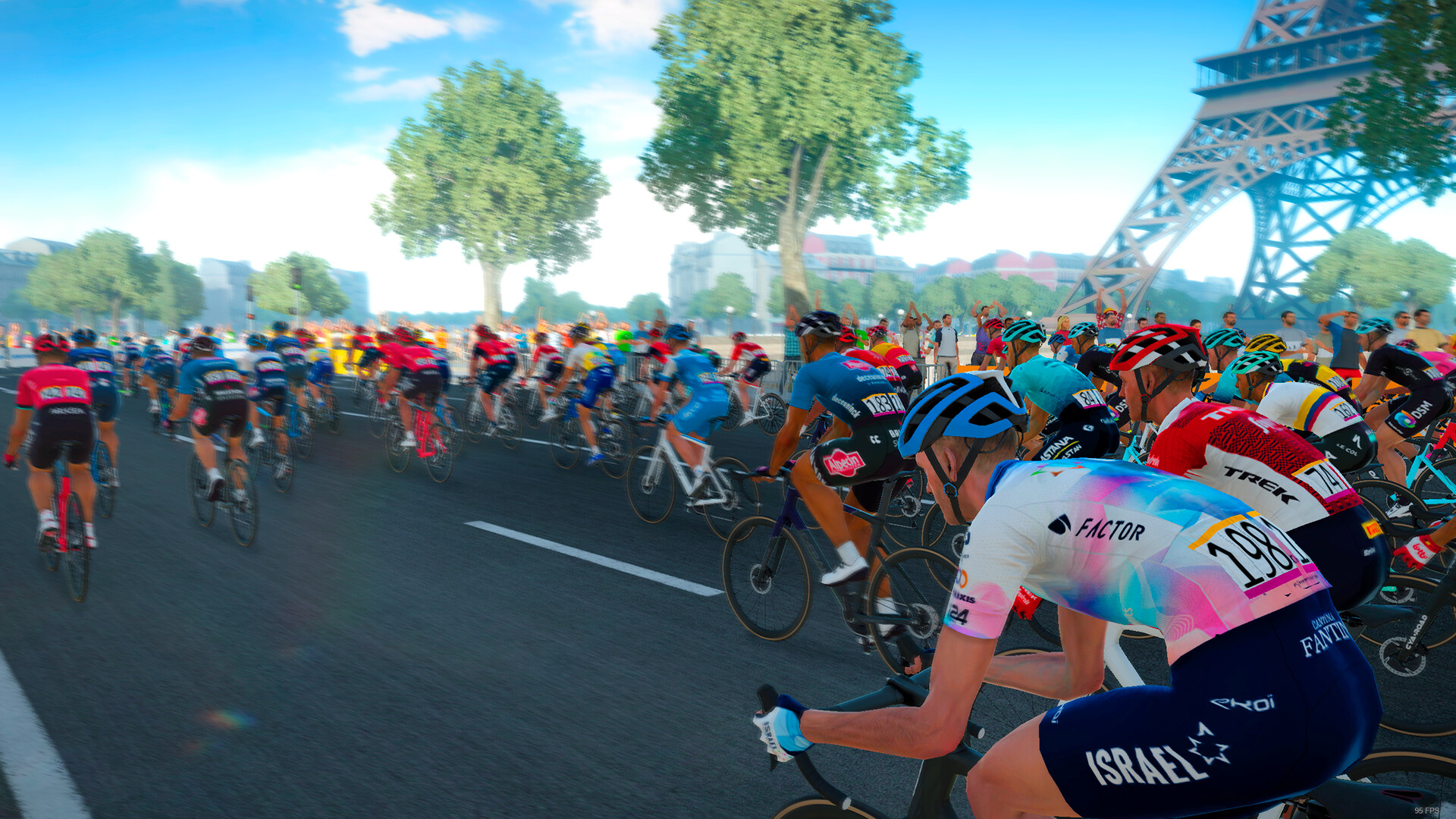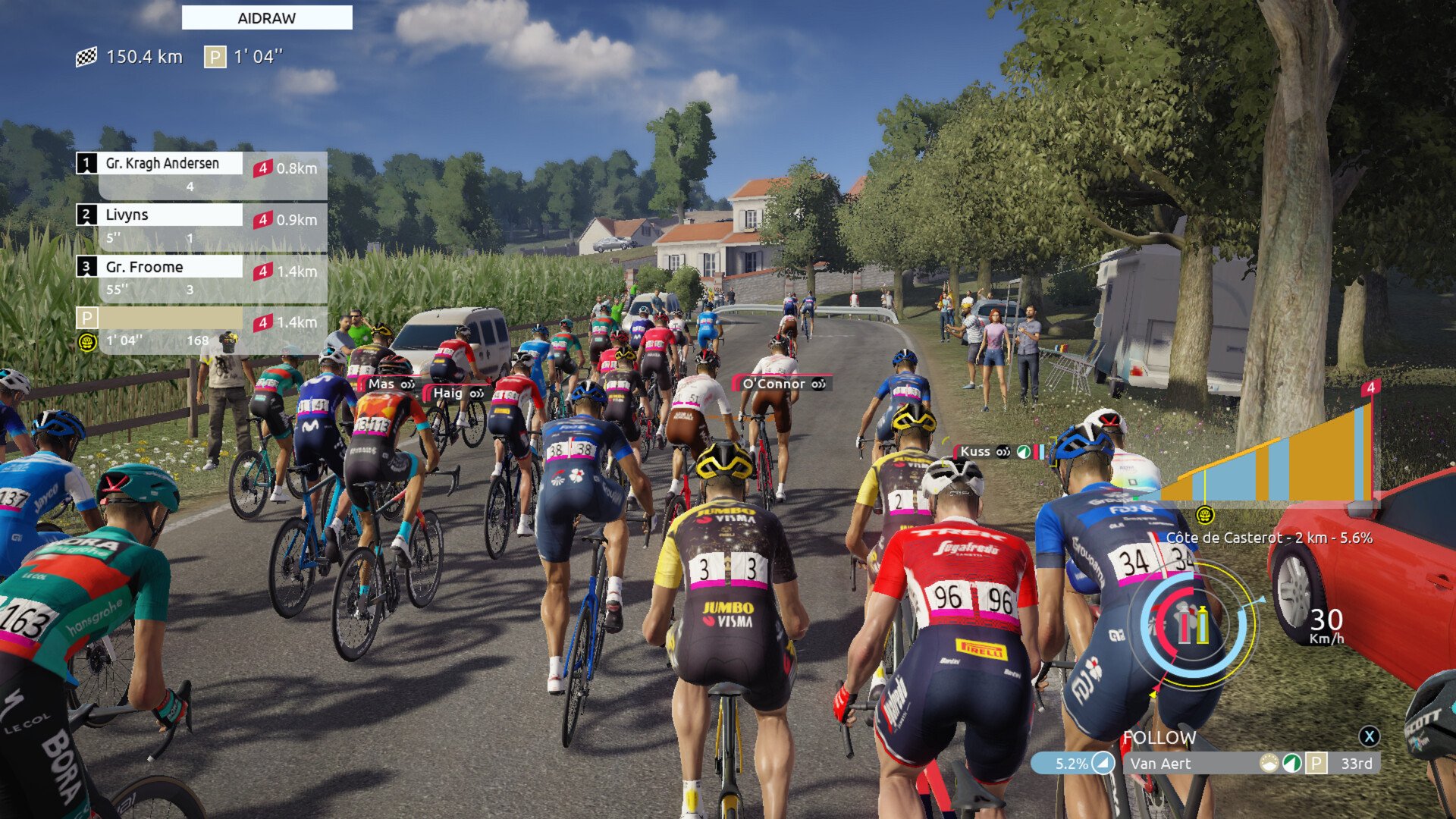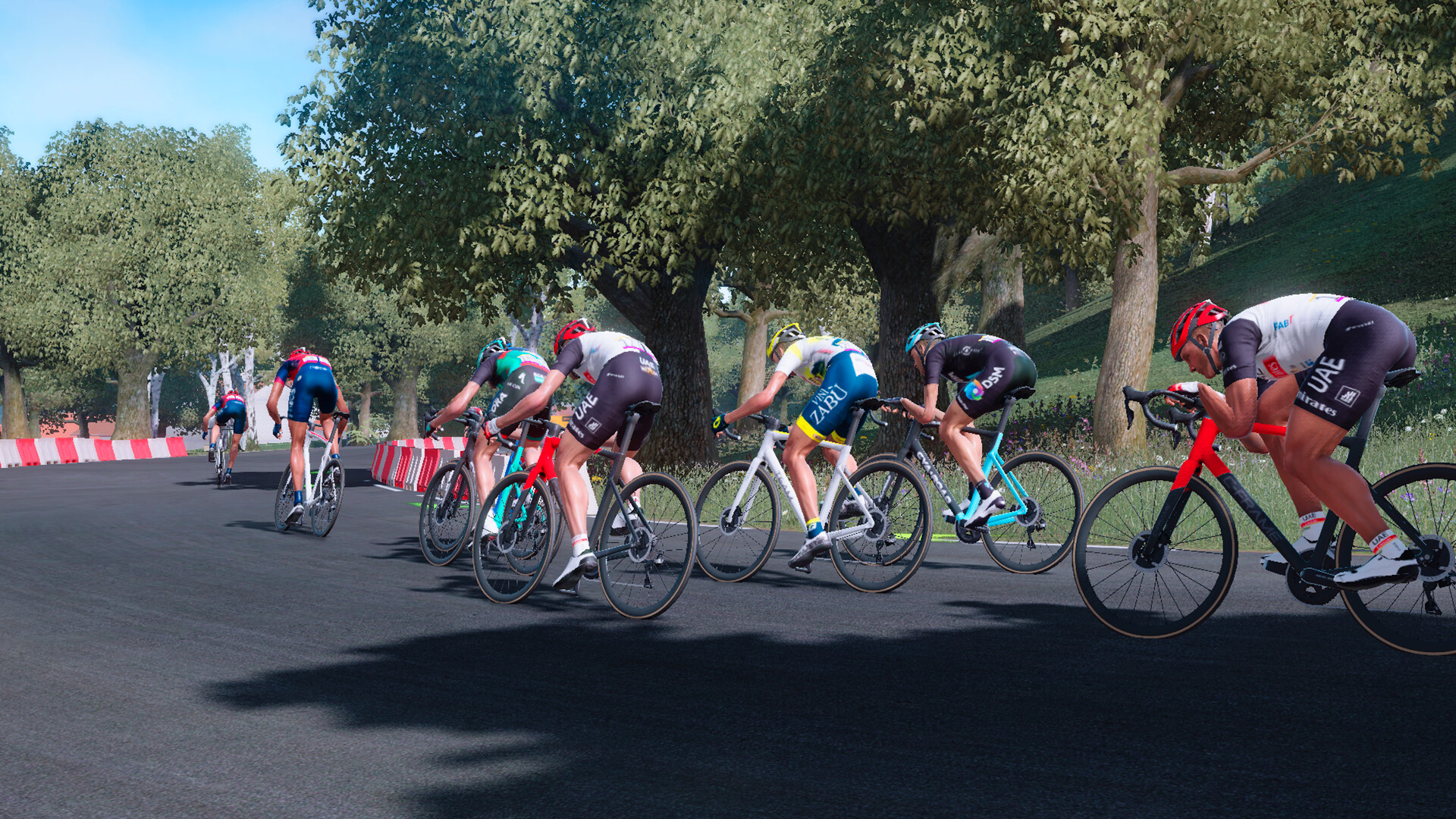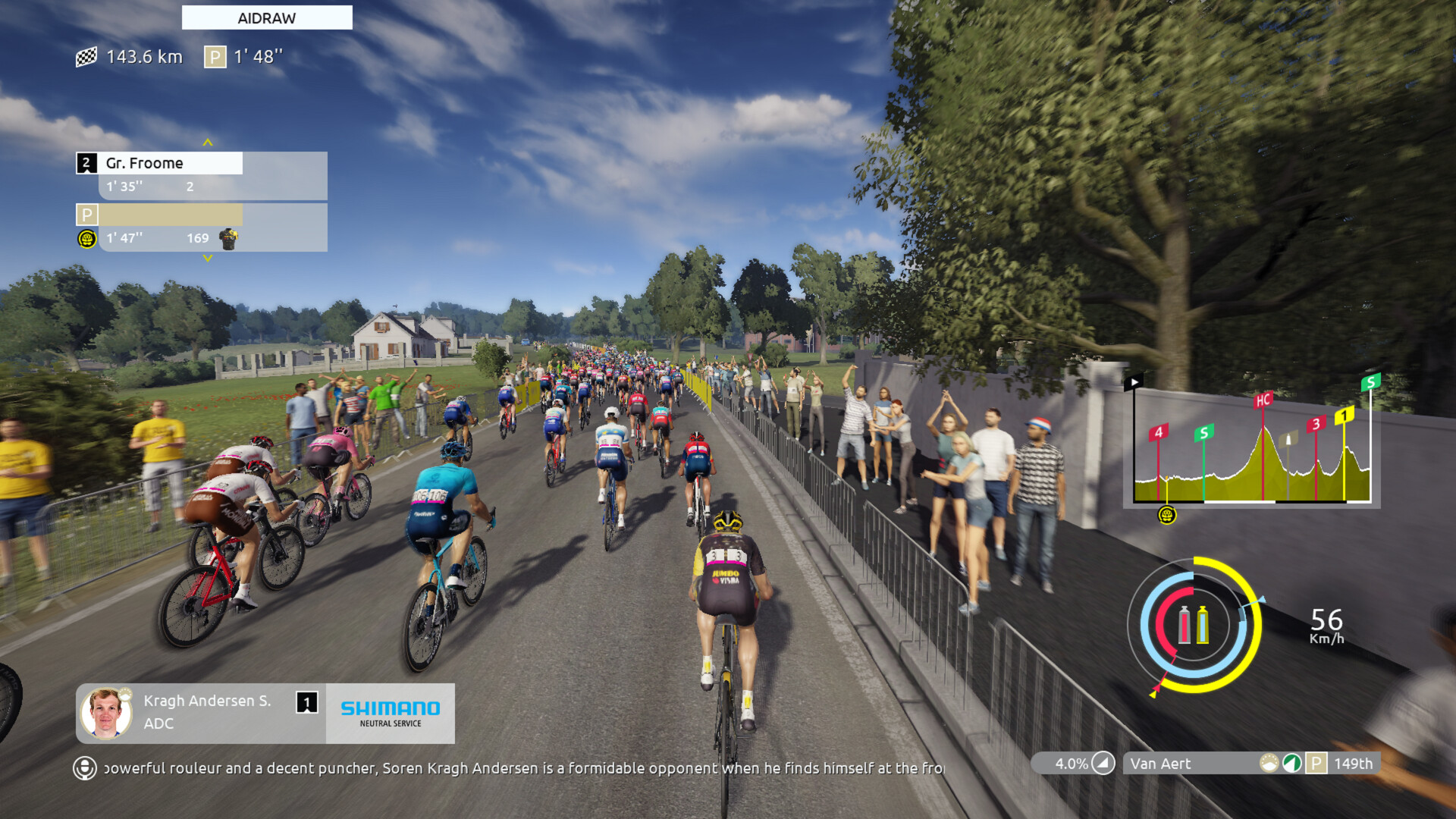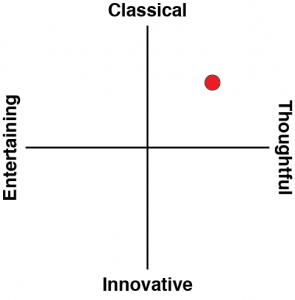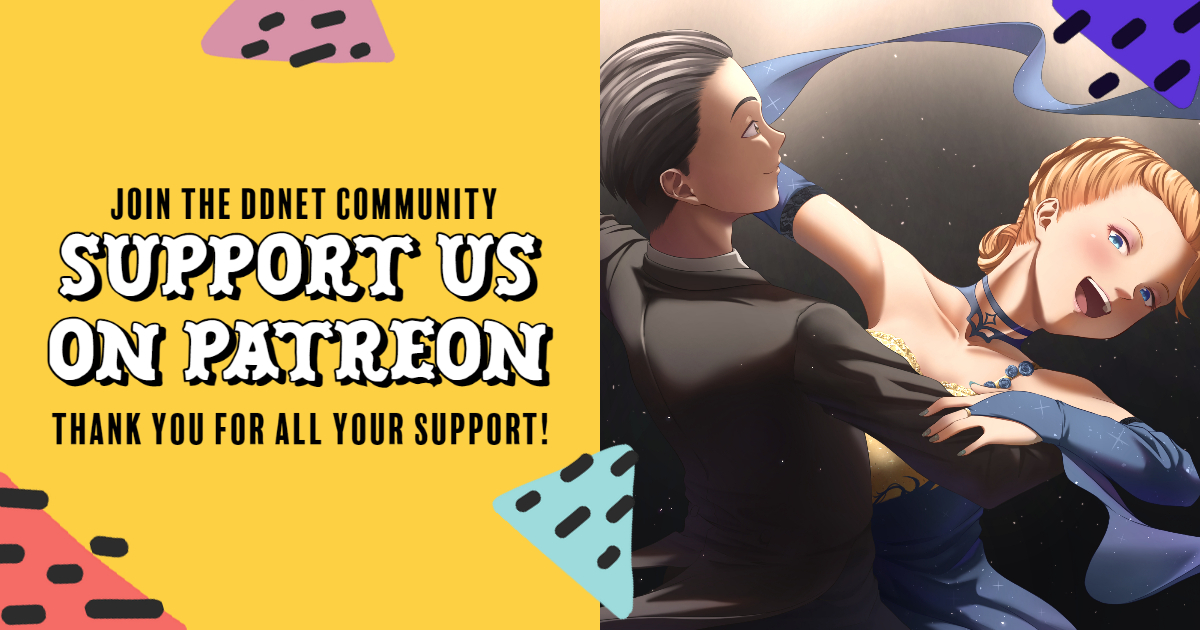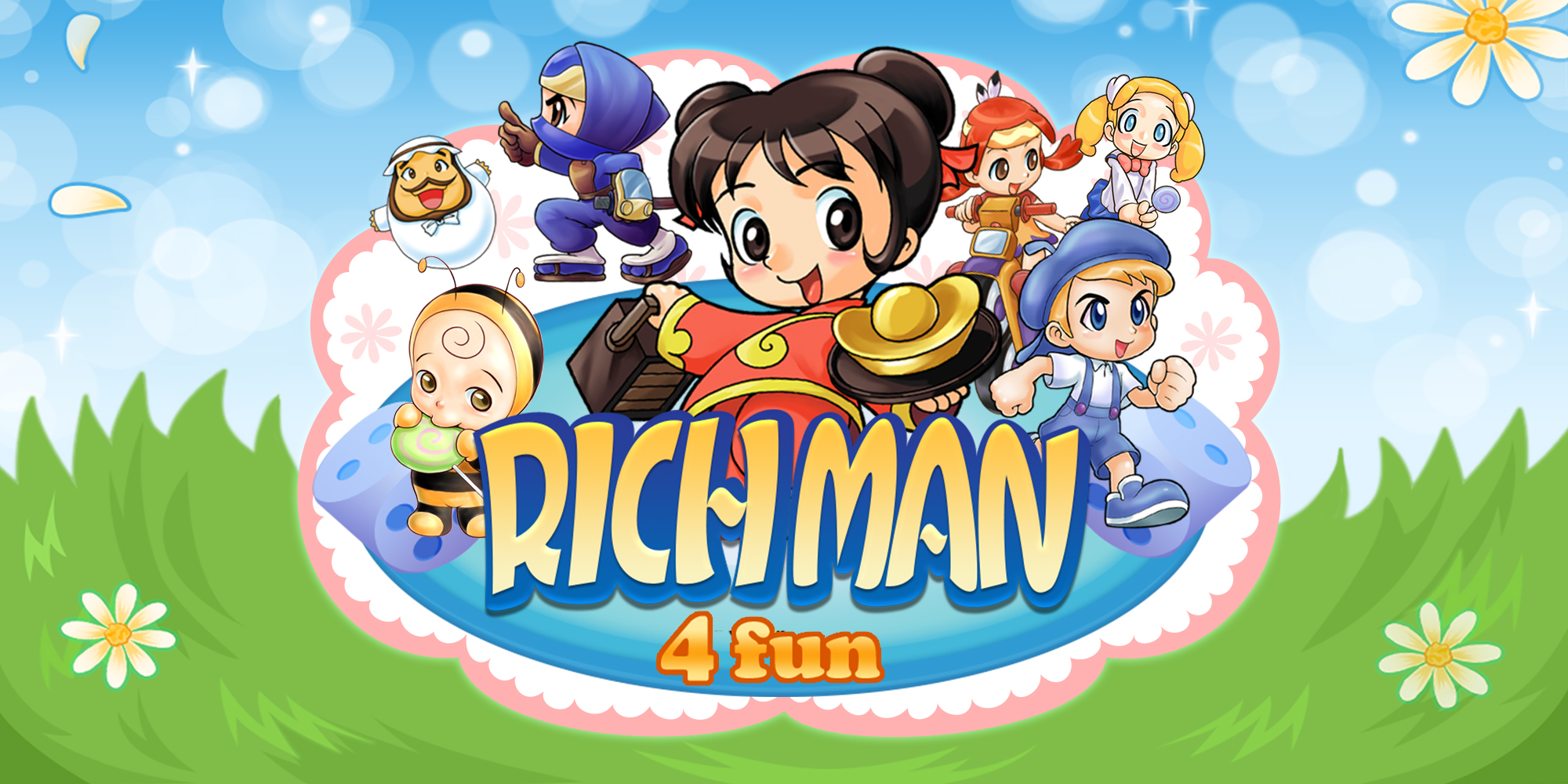Of all the major sporting events, the Tour de France must be one of the most challenging concepts to adapt to a video game. After all, you’re looking at courses that are hundreds of kilometres long, and take hours to cycle across, with the scenery changing up and down mountains, through town and across farmland. It’s racing, but it’s also very different from your typical F1 or road racing setup, where the track is self-contained, loops in on itself and is of a relatively short length.
And yet the Tour de France is one of the biggest sporting events on the international events calendar, and so there has always been a commercial incentive to convert the event into a videogame. This is the challenge that Cyanide has taken on itself for many years now, and as with previous year’s editions, Tour de France 23 is a serious simulation that makes the most of its limited budget.
If you’ve ever seen these kinds of long-distance bike races, you know they’re games of stamina management and tactics. For about 90 per cent of any given stage, riders work with their teammates (and often their competitors) to carefully jostle with one another at a gentle pace (by their standards… I doubt I could pedal as far as them in casual mode if I was trying to sprint). They will line up behind one another to use each other’s slipstreams to cut through the air resistance and conserve some of their energy. Little groups will take turns leading and following to get everyone through the distance.
And then, at regular intervals, gates are set up, which represent scoring moments on the track. A few kilometres before those gates, all hell breaks loose as all the riders burn through carefully saved energy to try to secure the maximum number of points.
There are also event-wide, broader strategies to consider, as the Tour de France takes place across many, many stages. Some are stages that benefit “climbers” – bike riders that are good at getting up and down mountains quickly, and other stages benefit “sprinters” – riders that like relatively flat courses. There’s no way to win every stage, because no one has that kind of stamina over so many days of intense racing, so a great deal of tactics is put into deciding which stages to let go of, and which to really target as points opportunities.
All of this makes for a sports game that is unique in tone and approach. In Tour de France, you’re not going to try and win everything. Going all-out is a quick way to burn yourself out almost instantly. This is a racing game where much of your time will be spent watching the positioning map, issuing commands to your teammates, and watching that stamina bar slowly ease down (until you strategically decide to use an energy gel, which restores your stamina… a little like a potion in an RPG, actually). You’ll actually try to lose sometimes, and that’s just antithetical to most sports games.
Yet Cyanide has come up with a way to capture all of that in video game mechanics, and it can be thrilling. Spending 50kms carefully manoeuvring your position to make sure you’re in the ideal position and condition for that last sprint, and then timing it perfectly so you don’t run out of energy a split second too early is enormously rewarding and feels genuinely strategic. Meanwhile, watching your points accumulate and realising that you have a genuine chance to win the whole darned Tour provides for some entertaining emergent storytelling and excitement. However, as exciting as it is to be doing the numbers in your head and figure out that you’re actually in the running if you play your cards right, it is just as well that the structure of the sport is so inherently engaging that you’ll do the storytelling for yourself, because the in-game presentation by Cyanide is very mundane. There’s limited commentary, limited “off-track” drama and presentational elements, and little fanfare all around. The first time I won the Tour the celebration was… anti-climatic, and for such a marathon effort that involved so many hours of play, that’s more disappointing in this game than most.
Similarly, the aesthetics are mundane. Now, in fairness, the developers did have to model so much course for every stage in a very long race. As far as that goes, the backgrounds do zip by pleasantly. I am consistently surprised by just how consistent the “160km” of track in each stage is, as it captures the “touring” visual appeal of the French countryside and urban areas nicely. However, there is a stiffness within the body of your rider, and when the track gets crowded, the inauthentic way that the bikes jostle with one another (think dodgem cars) really undermines the serious simulation that the gameplay itself strives for.
Most damning of all, unfortunately, are crashes. These are uncomfortable spectacles when they occur in the actual sport, as entire groups of riders can become tangled up, and injuries are very real. In the game, your rider can crash and get injured (depending on the settings you create), but it’s more a case of “thud and fall over” than anything that will make you wince in sympathy and remind yourself never to give this sport a go. There are also minor issues like riders clipping through tree branches when overhanging the course. Those are forgivable enough, and don’t inhibit gameplay, but at the same time, they do undermine the game’s claims to authenticity and realism. This is just enough to break the suspension of disbelief.
There are plenty of different tours to play – from a simple three-stage tour right through to the main event. The main mode is a “career mode” as such, where you create a racer from scratch, and then compete in races to improve your skills and ultimately prove yourself in the Tour de France itself. The continuity of this mode is welcome, but at the end of the day, it all boils down to participating in race after race, and then keeping an eye on the leaderboard. In future editions, I would love to see more effort go into off-track management, because with bike racing, that side of the sport is as critical as what happens on race day.
With all that said, this is an incredibly niche sport. It’s impressive that as much effort is put into doing it justice as Cyanide puts into the Tour de France. The developers get better at it, year after year, and that’s an encouraging sign too. I hope they’re profitable enough to continue with the series, because you can’t help but believe that they’re right on the cusp of this series hitting the A-tier of sporting properties.
